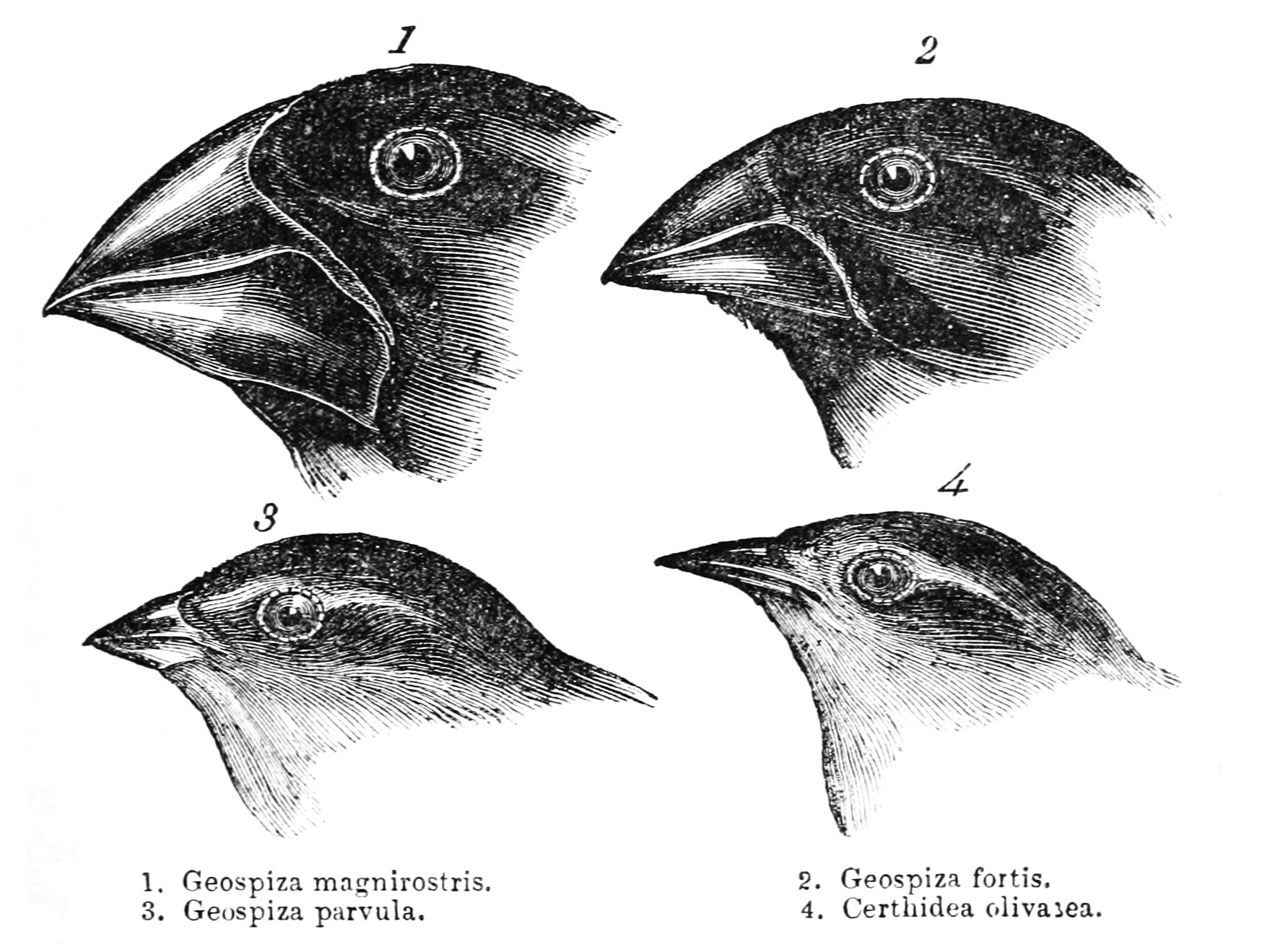1. We competed against each other with different ways of picking up food where only some of us would survive and leave offspring. Some people had the knuckler trait, some had the pincher beak, and some had the stumpy beak. Obviously, some traits were more favorable, and those were the ones that in the end, had the highest population. We simulated evolution, natural selection, and competition in this lab.
2. I thought that the pincher beak would be the best at capturing food, but it turned out that the knuckler beaks actually got the most food. This phenotype was the best at capturing food because this specific beak allowed someone to pick up food in between their knuckles on both hands while the stumpy beak could only pick up one piece of food at a time.
3. The population did evolve. I know it evolved because the gene allele frequency changed. As the years went by, the allele frequency for "a" started to grow bigger and bigger while the frequency for the "A" grew smaller and smaller.
4. The placement of the food in this lab was random. The placement of the food had a big effect on the evolution of this population because if the food was closer to one type of bird then they would probably pick up the most food and therefore leave more offspring. However, who one mated with was not random. Pinchers could purposely mate with pinchers so that it would guarantee offspring that is a pincher as well. This would affect the evolution of the population because one type of bird could dominate the population by using this method and essentially be the "winners".
5. The results would have been different if the food was larger or smaller. If the food was smaller then the stumpy beak would have a harder time picking up the food, and if the food were larger then the stumpy beaks would be able to pick up the food more easily. For example, if the food turned into soccer balls, then the stumpy population would dominate while the knuckler and pincher birds population would diminish. However, if the food turned into gumballs, then the knuckler and pincher birds would dominate the population while the stumpy birds die out. In nature, situations like this can happen and it's all just based on luck. Specific birds might have to find a different type of food to eat, or move to a different niche with less competition and more food.
6. The results would have been different if there was not incomplete dominance because then there would be no knucklers. There would only be pinchers and stumpys. The pinchers would then become the dominant trait and the "a" frequency would grow to a huge size while the "A" would go down to a very small percentage.
7. The relationship between natural selection and evolution is that natural selection causes evolution. The best traits are chosen and the ones with that specific trait survive better and reproduce offspring. The others without the trait start to die off, so as time passes, the population of the organisms with the best traits grow.
8. Some strategies that individuals used were picking up more food than their phenotype allowed by cheating and picking up food by the handful. Some people also used their hoods as extra pockets to put the food into. These actions would have affected the allele frequency by making it somewhat inaccurate. There could have been a higher allele frequency for "a" than "A" because people had advantages over others. These behaviors are similar to the ones in nature because competition is fierce and animals will do anything and everything they can to make sure they "win".
9. In evolution the single organism is not really the one who evolves. The population is what is really evolving. The alleles in a single individual do evolve, but it's really the population that evolves because the gene pool changes to match the best traits. Natural selection acts on the phenotype of an organism, not it's genotype because their physical traits are the ones evolving. Their genes aren't changing just the allele frequency.
10. A question that I still have is if there are ways birds can "cheat" to pick up more food. I also question if there really are techniques that birds use to "cheat", what methods do they use and do birds use them a lot.









